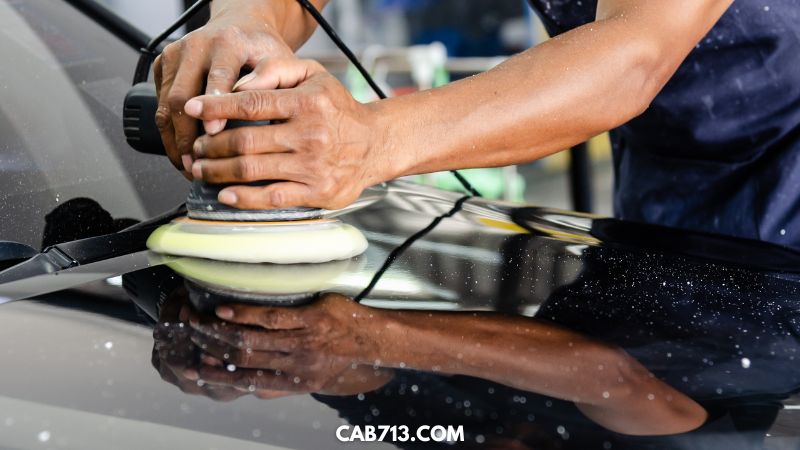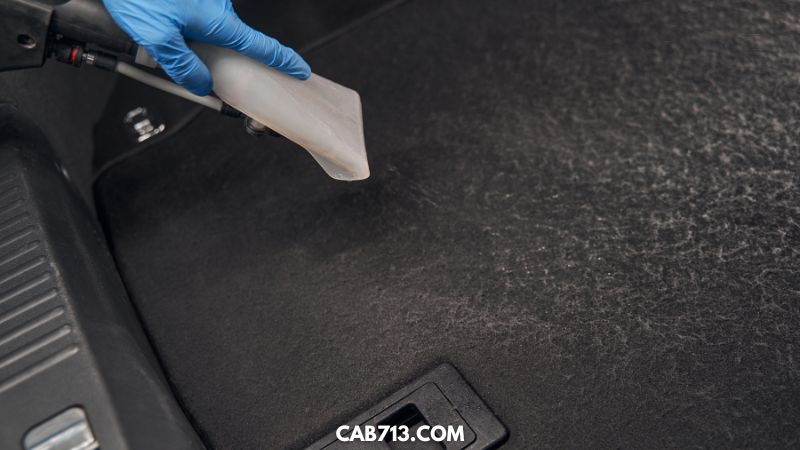Introduction
Your car is your second most valuable asset if you own a home, and it’s probably the most valuable if you rent. (My ancestors didn’t bequeath any art painted by European masters or priceless jewelry.) If you’re planning on selling your car, or just want to keep it in top condition, auto detailing is a must. Read this car detailing guide for more information.
The Basics of Auto Detailing
There are a few things you’ll need in order to detail your car properly. These include a hose, bucket, car soap, sponge or wash mitt, towels, a vacuum cleaner, and some kind of polishing or waxing product. You’ll also need access to running water – either at home or at a self-serve car wash.
1. Start by giving your car a good wash. Use a hose to wet down the entire vehicle, then use car soap and a sponge or wash mitt to clean all of the surfaces. Be sure to rinse the soap completely.
2. Next, vacuum the interior of your car. pay special attention to the floor mats and seats. If there are any spots that seem especially dirty, you can scrub them with a brush attachment to your vacuum cleaner.
3. Once the vacuuming is complete, wipe down all of the hard surfaces inside the car (dashboard, door panels, etc.) with a towel dampened with water and car soap.
4. The final step is to clean the windows. Use a glass cleaner and a lint-free towel or newspaper to make them sparkle.
5. Once you’re finished, your car should look and smell fresh and clean!
Tips and Tricks for the Perfect Detail Job

Quality Vacuum Cleaner
Invest in a good quality vacuum cleaner with a brush attachment. This will make it much easier to remove dirt and debris from the upholstery and floor mats.
What Type of Vacuum Cleaner is To Be Used?
The first question that anyone starting out in the auto detailing business asks is “What type of vacuum cleaner should I use?” The answer to this question is not as simple as it may first appear. In order to determine the best type of vacuum for your needs, you must first consider what types of surfaces you will be cleaning and what kind of dirt and debris you will be dealing with.
Surface Type
The type of surface you are cleaning will play a big role in determining the best type of vacuum to use. If you are primarily dealing with carpeted surfaces, then you will need a vacuum that is designed specifically for carpets. These vacuums usually have rotating brushes that help loosen and lift dirt and debris from the carpet fibers.
If you are dealing with hard surfaces, such as tile or hardwood floors, then you will need a vacuum that is designed for those types of surfaces. These vacuums usually have suction only and do not have rotating brushes.
Dirt and Debris Type
The type of dirt and debris you are dealing with will also play a role in determining the best type of vacuum to use. If you are dealing with large chunks of dirt and debris, then you will need a vacuum that has the strong suction power to be able to pick up those large pieces.
If you are dealing with finer particles of dirt and dust, then you will want a vacuum that has good filtration to be able to trap those particles and keep them from being blown back into the air.
Use Damp Towel and Car Soap
Use a damp towel and car soap to wipe down all of the hard surfaces inside the car (dashboard, door panels, etc.). This will help remove any build-up of dust and grime.
Start on the outside of the car and work your way in. Begin by rinsing off any loose dirt and grime with a hose. Then, wash the car with a mild soap designed for automobiles. Use a sponge or cloth and be sure to rinse often. Wash one section at a time, starting at the top of the car and working your way down. Don’t forget to wash the tires!
Type of Damp Towel
There are three types of towels that can be used for auto detailing. A chamois, a microfiber towel, and a terrycloth towel. A chamois is a type of leather that is very soft and absorbent, making it ideal for drying off a wet car. A microfiber towel is made from super-fine synthetic yarns split into millions of microscopic fibers that are up to 100 times finer than human hair. This gives it an enormous amount of surface area and can hold seven times its weight in water. A terrycloth towel is also absorbent, but it is not as soft as a chamois or microfiber, so it may scratch the paint if not used carefully. (Terrycloth is like a bath or beach towel. Just don’t use them on paint. They have the highest risk of scratching.)
Which one you use is up to personal preference, but we recommend using a chamois for the best results.
Using a damp towel is pretty simple. Just wet it down with some water, wring it out, and then start wiping down your car. Start from the top and work your way down, using circular motions to dry off the surface.
If you’re using a microfiber towel, be sure to use gentle pressure to avoid scratching the paint. With a chamois, you can be a bit more forceful since it’s softer and less likely to scratch.
Once you’ve dried off the entire car, use a clean, dry towel to remove any remaining water. Be sure to pay extra attention to any areas where water likes to collect, such as the doorjambs and around the windshield wipers.
Finally, use a second microfiber cloth to buff out the car and give it a nice shine. Start with the top of the car and work your down until the entire surface is polished.
Type of Car Soap to Use
One of the most important steps in detailing your car is choosing the right soap. Not all soaps are created equal, and using the wrong one can actually damage your paint or leave streaks. Here are a few things to keep in mind when choosing a soap for your car:
1. Choose a soap that is designed specifically for cars. Regular dish soap or laundry detergent can be too harsh and strip away waxes and protective coatings.
2. Look for a soap that is pH balanced. This will help prevent stripping away waxes and coatings.
3. Avoid soaps that contain abrasives or polishes. These can damage your paint over time.
4. Make sure the soap you choose is gentle enough to use on a regular basis. Some soaps are designed for occasional use only and can be too harsh for regular washing.
5. Choose a soap that produces plenty of suds. This will help prevent streaks and spots by lifting dirt and debris away from the surface of your car.
6. Rinse your car thoroughly after washing to remove all traces of soap. Soap residue can attract dirt and grime, leading to premature aging of your paint finish.
7. Wax your car after washing to protect the paint and give it a deep, glossy shine.
Use a Clay Bar
Next, use a clay bar to remove any remaining dirt or contaminants from the surface of the paint. This will help to ensure that the polishing and waxing steps are as effective as possible.
Now it’s time to polish the car. This will restore the shine.
Clean the Windows
Make sure to clean the windows last. Use a glass cleaner and a lint-free towel or newspaper to avoid streaks. Don’t forget to clean the windshield wipers!
Condition Leather Seats Regularly
If you have leather seats, condition them regularly to prevent cracking and fading.
Cleaning the Exterior
When cleaning the exterior of your car, start with the top and work your way down. Use a separate brush or cloth for each area to avoid cross-contamination.
Regular Paint Waxing
Wax the paint regularly to protect it from the elements and keep it looking shiny.
Polish Your Chrome Trim
If you have any chrome trim, polish it with a chrome cleaner to prevent oxidation.
Following these simple tips, your car will always look its best!
Conclusion: The Benefits of a Well-Detailed Car
Detailing your car regularly can also save you money in the long run. By keeping your car clean and free of dirt and grime, you’ll avoid having to pay for paint correction or restoration detailing down the road. So, if you’re looking to extend the life of your car and protect your investment, be sure to detail it on a regular basis. Your car will thank you for it!

I guess you always start out as a car kid. Smokey and the Bandit, Corvette Summer, Bullitt, Ronin, etc. Throw in a massive match box car collection and add time. I’ve always been drawn to interesting cars. I’ve also always owned used cars, so detailing and some light wrenching were always on the list. My hope is that we can share some knowledge of the do’s and don’ts learned along the way. Be sure to share your own knowledge in the comments!







Love this appreciation for great content